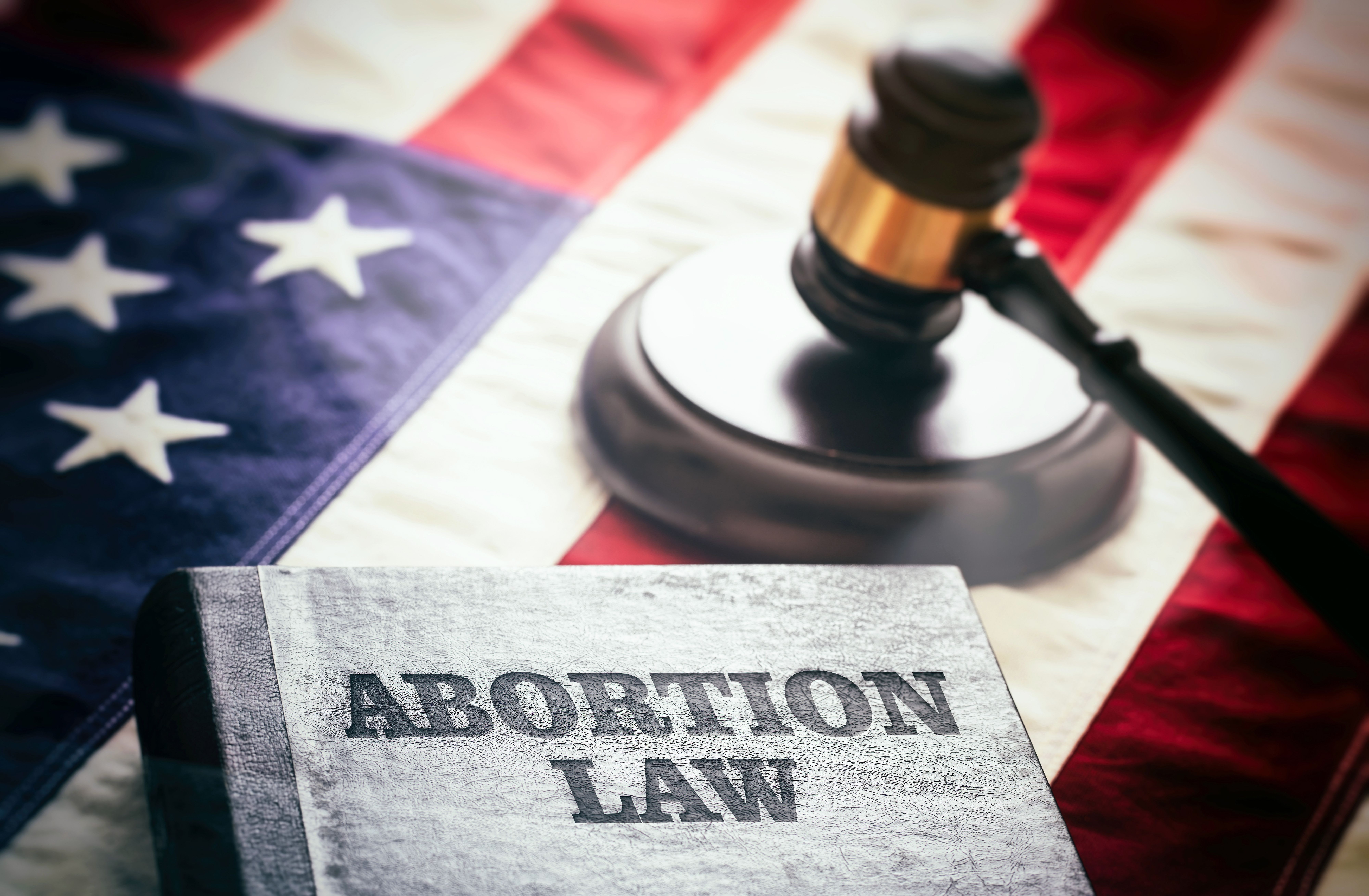Blog
CCHD rates rise in states with abortion bans after Dobbs decision

CCHD rates rise in states with abortion bans after Dobbs decision | Image Credit: © Rawf8 – © Rawf8 – stock.adobe.com.

Rates of cyanotic congenital heart disease (CCHD) differ between states with abortion restrictions vs protections following the Supreme Court’s Dobbs v Jackson Women’s Health Organization (Dobbs) decision in June 2022, according to a recent study published in Pediatrics.1
Approximately 1% of US births are impacted by congenital heart disease, making it the most common congenital birth defect. In cases of CCHD, cyanosis often occurs in the neonatal period, and the associated mortality rate within 1 year of birth is 25%. Restrictive abortion policies, such as those implemented in Texas, have also been linked to higher infant mortality.
“Prenatal diagnosis of CCHD provides the opportunity for counseling of the specific anomaly… [but] the ability to terminate the pregnancy for significant CCHD could be limited by varying state policies after Dobbs,” wrote investigators.
Assessing the impact of Dobbs
The study was conducted to compare birth rates before and after Dobbs, alongside those in states with restrictive vs protective abortion policies. There were 7 classifications of statewide abortion access, with the 2 highest restriction levels of very restrictive and most restrictive combined into 1, alongside the 2 lowest levels of very protective and most protective.
Natality Information and Live Births databases from the CDC were assessed for live birth data. Births from 2016 to 2022 and from 2023 to June 2024 were included in the analysis, with CCHD cases determined based on the CDC definition.
The US Supreme Court Dobbs decision on June 24, 2022, was the primary exposure of the analysis, with July 2024 considered the first datapoint of exposure. CCHD presence in live births was reported as the primary outcome, specifically as the difference between states with protective vs restrictive abortion policies.
Increasing CCHD rates in restrictive states
There were 31,637,533 live births included in the final analysis, 19,413 of whom were diagnosed with CCHD. Specifically, CCHD was reported in 8279 of 12,918,010 live births from restrictive states vs 4226 of 9,051,257 in protective states. The difference between these populations increased over time, highlighting an increase in incidence across restrictive states.
In the post-Dobbs period, a higher median monthly CCHD incidence was reported both nationwide and in restrictive states. This period also had a greater median difference in monthly incidence between restrictive and protective states. Median monthly rates did not significantly differ in protective states before vs after Dobbs.
Investigators also measured 95% prediction intervals to estimate hypothetical Dobbs free differences in CCHD rates. A high trend in the predicted interval was noted in the post-Dobbs period, with 4 of 24 months surpassing the upper bound of the 95% prediction interval.
Implications and supporting data
These results highlighted changes in CCHD incidence following the Dobbs decision. Specifically, the gap in CCHD birth between restrictive and protective states has increased, indicating increased incidence in restrictive states.
“This changing epidemiologic landscape of CCHD may have implications on long-term health care system infrastructure,” concluded investigators.
This data is supported by a study presented at the American College of Cardiology’s Annual Scientific Session, reporting a difference in the monthly average of 9.6 infants with CCHD per 100,000 births between states with restrictions vs protections.2
Investigators also found a moderate degree of difference between the observed incidence vs the incidence expected from pre-Dobbs trends. The actual incidence was significantly greater than the expected incidence most months following Dobbs.
References
- Tseng SY, Alvarado C, Conroy S, et al. The Dobbs decision and incidence of live births with cyanotic congenital heart disease. Pediatrics. 2025;1(3). doi:10.1542/pedsos.2024-000411
- Krewson C. Restrictive abortion laws linked to offspring heart disease. Contemporary OB/GYN. March 19, 2025. Accessed August 12, 2025.











